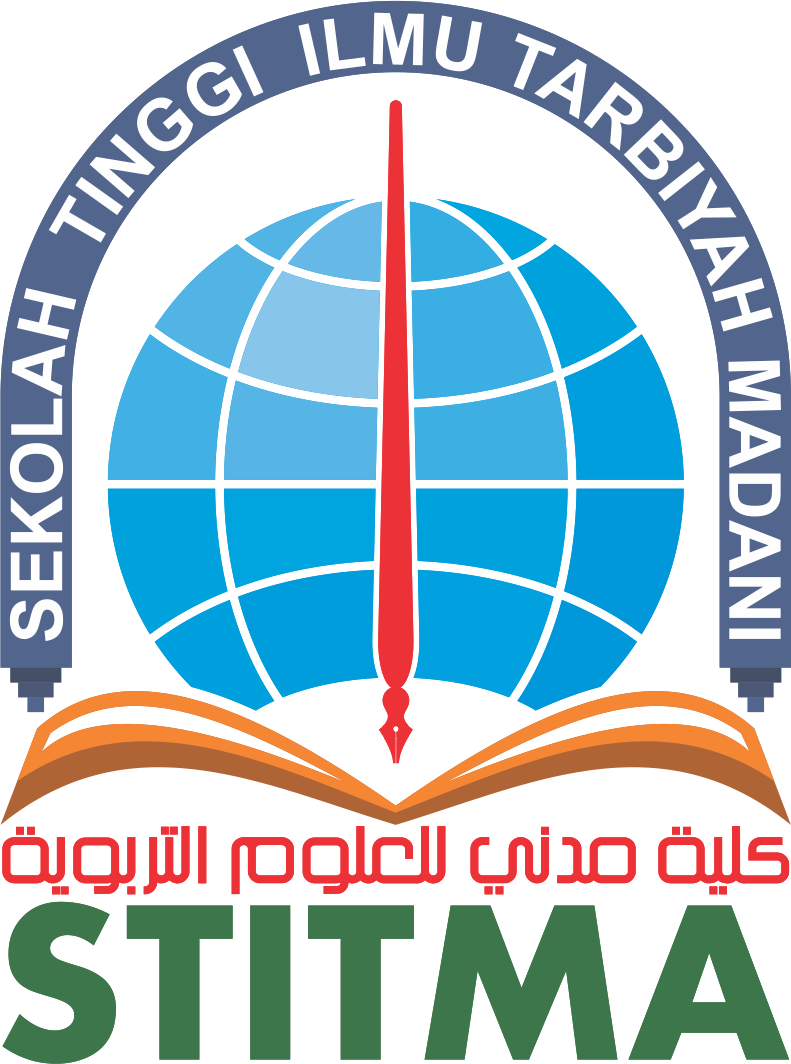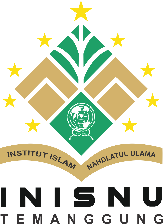Utilizing Artificial Intelligence for Personalized Arabic Language Learning Plans
DOI:
https://doi.org/10.59944/postaxial.v2i1.273Keywords:
Artificial Intelligence, Personalized, Arabic Language, Learning PlanAbstract
This study investigates the utilization of artificial intelligence (AI) in designing personalized Arabic language learning plans tailored to individual needs. In the context of evolving globalization, the demand for strong Arabic language proficiency is increasing, prompting the need for more adaptive and effective learning approaches. In this research, an AI-based learning approach is employed to provide personalized learning experiences, considering individual learning styles, proficiency levels, and preferences. Through surveys, interviews, and field testing, the study analyzes the effectiveness and potential of AI technology in enhancing motivation, engagement, and learning outcomes in Arabic language education. The findings indicate that AI-driven personalized learning approaches can enhance satisfaction and learning achievements among participants, while promoting inclusivity and accessibility in Arabic language education. The implications of this research for education and the development of more adaptive and personalized curricula are also discussed.
References
Abdeldayem, M. M., & Aldulaimi, S. H. (2020). Trends and opportunities of artificial intelligence in human resource management: Aspirations for public sector in Bahrain. International Journal of Scientific and Technology Research, 9(1), 3867–3871.
Alfataftah, G. I., & Jarrar, A. (2018). Developing Languages to Face Challenges of Globalization and Clash of Civilizations: Arabic Language as an Example. Journal of Education and Learning, 7, 247–253.
Almelhes, S. A. (2023). A Review of Artificial Intelligence Adoption in Second-Language Learning. Theory and Practice in Language Studies, 13(5), 1259–1269. https://doi.org/10.17507/tpls.1305.21
Arif Husein Lubis, Didin Samsudin, Risa Triarisanti, Mohammad Iqbal Jerusalem, & Yoonjung Hwang. (2024). A bibliometric mapping analysis of publications on the utilization of artificial intelligence technology in language learning. Journal of Advanced Research in Applied Sciences and Engineering Technology, 38(1), 156–176. https://doi.org/10.37934/araset.38.1.156176
Azman, N. A., Mohamed, A., & Jamil, A. M. (2021). Artificial Intelligence in Automated Bookkeeping: A Value-added Function for Small and Medium Enterprises. JOIV : International Journal on Informatics Visualization, 5(3), 224. https://doi.org/10.30630/joiv.5.3.669
Balasubramanian, S., Shukla, V., Islam, N., Upadhyay, A., & Duong, L. (2023). Applying artificial intelligence in healthcare: lessons from the COVID-19 pandemic. International Journal of Production Research, 1–34. https://doi.org/10.1080/00207543.2023.2263102
Basri, W. (2020). Examining the Impact of Artificial Intelligence (AI)-Assisted Social Media Marketing on the Performance of Small and Medium Enterprises: Toward Effective Business Management in the Saudi Arabian Context. International Journal of Computational Intelligence Systems, 13(1), 142. https://doi.org/10.2991/ijcis.d.200127.002
Chassignol, M., Khoroshavin, A., Klimova, A., & Bilyatdinova, A. (2018). Artificial Intelligence trends in education: a narrative overview. Procedia Computer Science, 136, 16–24. https://doi.org/10.1016/j.procs.2018.08.233
Chuah, K.-M., & Kabilan, M. K. (2021). Teachers’ Views on The Use of Chatbots to Support English Language Teaching in a Mobile Environment. International Journal of Emerging Technologies in Learning (IJET), 16(20), 223. https://doi.org/10.3991/ijet.v16i20.24917
Crompton, H., & Burke, D. (2023). Artificial intelligence in higher education: the state of the field. International Journal of Educational Technology in Higher Education, 20(1), 22. https://doi.org/10.1186/s41239-023-00392-8
Ghallab, A., Mohsen, A., & Ali, Y. (2020). Arabic Sentiment Analysis: A Systematic Literature Review. Applied Computational Intelligence and Soft Computing, 2020, 1–21. https://doi.org/10.1155/2020/7403128
Huberman, M., & Miles, M. B. (2002). The qualitative researcher’s companion. sage.
Ivankova, N. V, & Creswell, J. W. (2009). Mixed methods. Qualitative Research in Applied Linguistics: A Practical Introduction, 23, 135–161.
Jaboob, M., Hazaimeh, M., & Al-Ansi, A. M. (2024). Integration of Generative AI Techniques and Applications in Student Behavior and Cognitive Achievement in Arab Higher Education. International Journal of Human–Computer Interaction, 1–14. https://doi.org/10.1080/10447318.2023.2300016
Keshav, M., Julien, L., & Miezel, J. (2022). The Role Of Technology In Era 5.0 In The Development Of Arabic Language In The World Of Education. Journal International of Lingua and Technology, 1(2), 79–98. https://doi.org/10.55849/jiltech.v1i2.85
Kumar, B. A., & Goundar, M. S. (2023). Developing mobile language learning applications: a systematic literature review. Education and Information Technologies, 28(5), 5651–5671. https://doi.org/10.1007/s10639-022-11377-x
Marengo, A., Pagano, A., Pange, J., & Soomro, K. A. (2024). The educational value of artificial intelligence in higher education: a 10-year systematic literature review. Interactive Technology and Smart Education. https://doi.org/10.1108/ITSE-11-2023-0218
Muniasamy, A., & Alasiry, A. (2020). Deep Learning: The Impact on Future eLearning. International Journal of Emerging Technologies in Learning (IJET), 15(01), 188. https://doi.org/10.3991/ijet.v15i01.11435
Pereira, V., Hadjielias, E., Christofi, M., & Vrontis, D. (2023). A systematic literature review on the impact of artificial intelligence on workplace outcomes: A multi-process perspective. Human Resource Management Review, 33(1), 100857. https://doi.org/10.1016/j.hrmr.2021.100857
Rabie, D. R. M. (2023). The Future of Education with Artificial Intelligence and Machine Learning in the Arab World: A Systemat. العلوم التربوية, 31(3), 1–35. https://doi.org/10.21608/ssj.2023.344574
Rukajat, A. (2018). Pendekatan Penelitian Kualitatif (Qualitative Research Approach). Deepublish. https://books.google.co.id/books?id=qy1qDwAAQBAJ
Saoudi, Y., & Gammoudi, M. M. (2023). Trends and challenges of Arabic Chatbots: Literature review. Jordanian Journal of Computers and Information Technology (JJCIT), 9(03).
Strauss, A., & Corbin, J. (1998). Basics of qualitative research techniques.
Sukardi. (2021). Metodologi Penelitian Pendidikan: Kompetensi dan Praktiknya (Edisi Revisi). Bumi Aksara.
Tapalova, O., & Zhiyenbayeva, N. (2022). Artificial intelligence in education: AIEd for personalised learning pathways. Electronic Journal of E-Learning, 20(5), 639–653.
Weng, X., & Chiu, T. K. F. (2023). Instructional design and learning outcomes of intelligent computer assisted language learning: Systematic review in the field. Computers and Education: Artificial Intelligence, 4, 100117. https://doi.org/10.1016/j.caeai.2022.100117
Zhai, C., & Wibowo, S. (2023). A systematic review on artificial intelligence dialogue systems for enhancing English as foreign language students’ interactional competence in the university. Computers and Education: Artificial Intelligence, 4, 100134. https://doi.org/10.1016/j.caeai.2023.100134
Zuiderwijk, A., Chen, Y.-C., & Salem, F. (2021). Implications of the use of artificial intelligence in public governance: A systematic literature review and a research agenda. Government Information Quarterly, 38(3), 101577. https://doi.org/10.1016/j.giq.2021.101577






